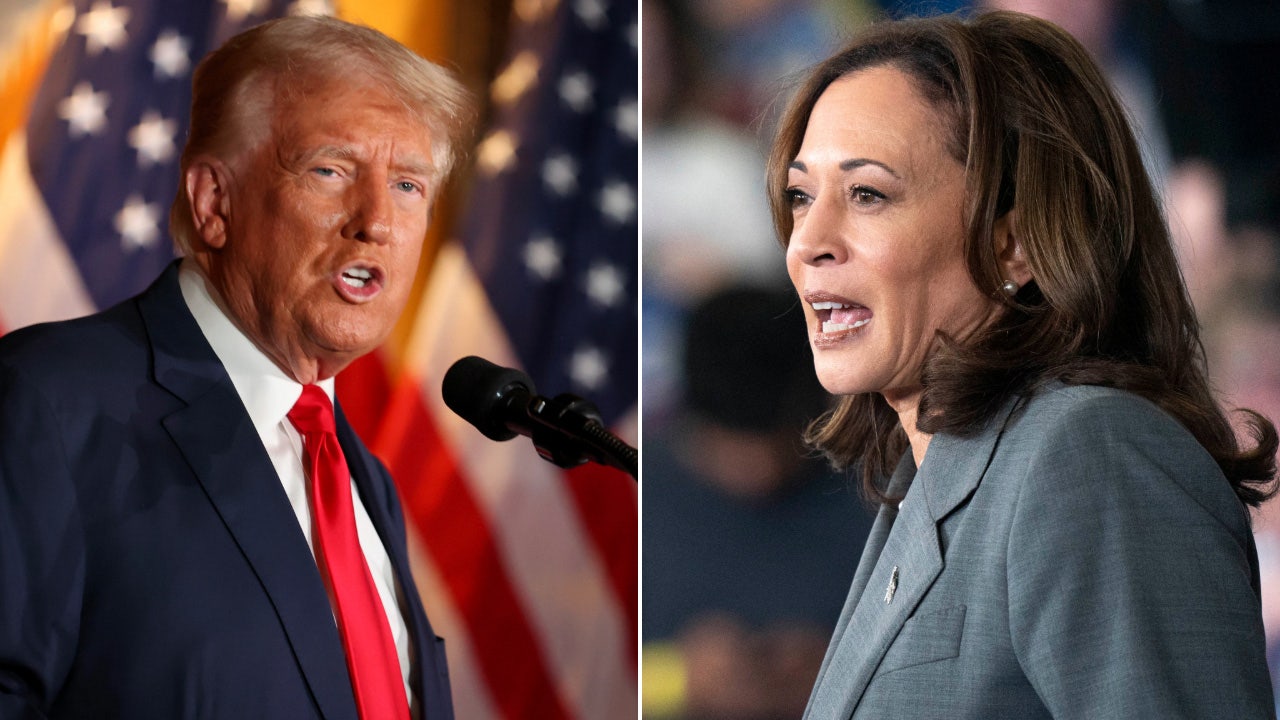BEIJING: Chinese officials are using a new strategy to help shape a positive narrative on their nation’s slowdown: Making early disclosures on flattering economic news in a bid to boost markets.
The latest example came last Thursday, when Vice-Finance Minister Liao Min highlighted bright spots in the budget data at a press briefing in Beijing. His comments beat the monthly statement which normally provides that information, without commentary, by one hour.
“We believe this will have a positive impact on facilitating the economy’s recovery,” Liao said, spotlighting the fastest execution of budget spending for January and February in nearly five years.
He downplayed less rosy numbers that might have got investors’ attention, explaining falling revenue was distorted by base effects.
Premier Li Qiang kicked off the trend back in January by giving early confirmation China had met its 2023 growth goal at a major forum in Switzerland. His revelation came one day before the official figures were due, and allowed China’s No. 2 leader to trumpet Beijing’s ability to hit that target without using major stimulus.
Later that month, central bank governor Pan Gongsheng took the rare step of personally announcing a cut to banks’ reserve requirements, 12 days before the trim took effect.
That move sparked rallies in Chinese stocks and bonds. This month, Commerce Minister Wang Wentao unveiled a surprise rise in export numbers at a high-profile briefing one day before the data was due.
The change in operating mode signals officials are stepping up efforts to boost confidence in China’s economy, as a property crisis and weak domestic demand drag on sentiment at home. Foreign investors have described having “promise fatigue” over Beijing’s pledges to improve the business environment for them.
“This suggests that economic officials are feeling a degree of political heat,” said Christopher Beddor, deputy China research director at Gavekal Dragonomics, of the spate in early releases. The “strange reveals” have one message in common, he added: “Either things are better than expected, or officials are taking steps to make it better.”
The new strategy follows a call from top leaders to amplify bullish views about the economy at a December meeting. China’s post-pandemic recovery disappointed last year, partly due to geopolitical tensions and dented investor confidence after years of Covid curbs and policy swings.
In line with that call to create positive news narratives around the economy, Xuan Changneng, a deputy governor of the People’s Bank of China, last Thursday repeated a pledge by his boss earlier this month that there is still room to lower the reserve ratio requirement.
His comments spurred a brief uptick in Chinese shares. Overall, however, the early reveals’ impact on the market has been muted, as investors take time to assess the signals, according to Bruce Pang, chief economist for Greater China at Jones Lang LaSalle Inc.
“The teachers are underlining the key points,” he added. “But it will take investors time and patience to verify how important the messages are.”
Government agencies have previously been accused of trying to bury negative data, including by temporarily suspending the release of some indicators and changing how they’re calculated.
Such abrupt moves have only fanned investor fears about the ruling Communist Party’s increasingly opaque policymaking.
The National Bureau of Statistics (NBS) halted the publication of monthly numbers for industrial profits for several months in 2022 when the figure was declining.
After the youth jobless rate hit a record high in June, officials paused publishing that data for months before bringing it back with a rosier number that excluded students.
Another tweak to that high-profile data set came this month: It will no longer be released at the NBS’ monthly press briefing, as has been the norm in recent years. Instead, it will now be published to an online database at an unspecified time. Officials didn’t give an explanation for the change in operations.
With policymakers targeting an ambitious goal of about 5% growth this year, officials will need to steady confidence in the economy. — Bloomberg

